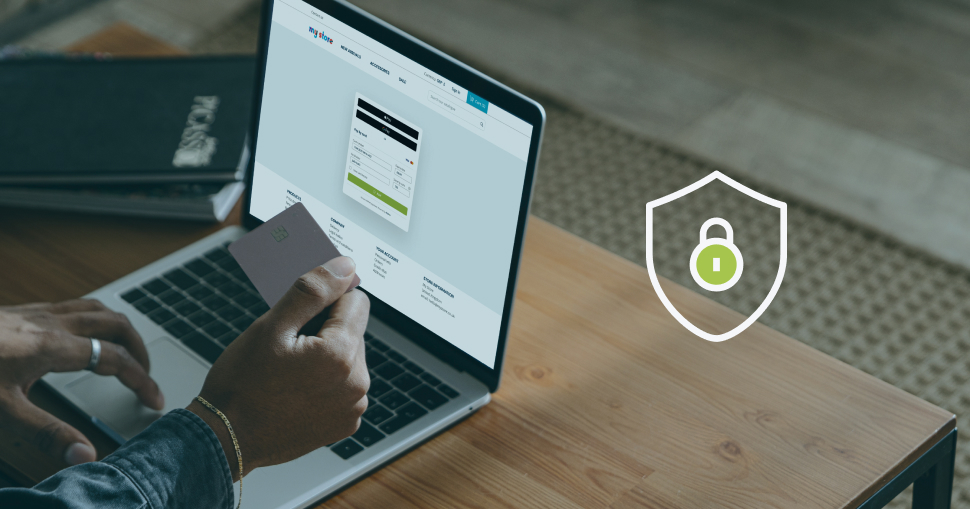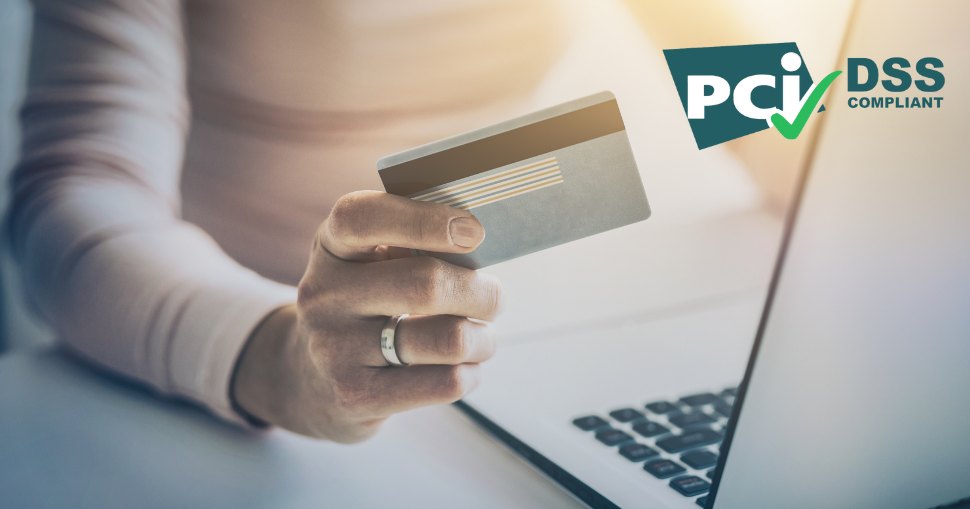In a report, “Cybersecurity Solutions for a Riskier World”, ThoughtLab studied best practices across 13 industries and 1,200 companies and public sectors in 16 countries. It reports that in 2021, the average number of cyberattacks and data breaches increased by 15,1% from the previous year. ThoughtLab employees predict a rise in cyberattacks from social engineering and ransomware as cybercriminals grow more sophisticated. Misconfigurations, human error, poor maintenance, and unknown assets are the main culprits of these breaches.
As technology grows in leaps and bounds, it poses new threats to data security. The Internet of Things (IoT), where physical and digital systems collide, brings new security challenges. Other security challenges include budget restraints and the growing use of suppliers and partners. What can merchants and payment gateways do to combat this?
Data Encryption
It is the main defence payment gateways use to safeguard payments. Once customers enter their private card details, it is encrypted to protect the data during transmission from the gateway to the acquiring bank. It’s a system that uses an SSL (Secure Socket Layer), a protocol that carries information back and forth in an encrypted way. It reduces access to customer data by unauthorised parties and can only be decrypted by the payment gateway’s private key. Here’s a blog post to help you navigate the maze of data privacy and compliance.
Payment Card Industry Data Security Standard (PCI DSS)
PCI DSS is a set of compliance rules and security regulations set by the major card schemes. It is a requirement for any business that processes debit or credit card payments to ensure a secure environment for transactions and protect private data against card theft and fraud. Merchants must understand PCI DSS compliance to ensure they consider it when choosing a payment gateway.
Some of the requirements merchants need to adhere to remain PCI DSS complaint include:
- Only use validated software at point-of-sale and shopping carts
- Do not store sensitive customer data on computers
- Encrypt the transmission of customer data across open public networks
- Use firewalls on computers
- Teach your employees about data security measures, such as protecting cardholder data
Tokenisation
Tokenisation substitutes a card number with a randomly generated string of characters. This one-time code is also known as a ‘token’ and can’t be decrypted without a key. If there is a security breach, hackers can’t decode the numbers without the key. This data is not stored on the merchant’s network, which also protects the merchant from fraud.
Strong Customer Authentication (SCA)
Strong Customer Authentication or SCA is a European requirement attached to the revised Payment Services Directive 2 (PSD 2). It’s set to make online and offline payments more secure and reduce incidents of fraud across electronic payments. The role of PSD 2 is to protect consumers, encourage banking innovation, and support the security of cross-border European payment services.
SCA requires that customers take extra steps when paying online with a card. Merchants are challenged to find ways to integrate SCA at the digital point of sale without affecting the customer experience. You’re thinking, “Not yet another regulation to frustrate businesses.” Don’t worry, we’re in this together. SCA compliance involves updating payment processes at card schemes, payment processors, banks, merchants, and service providers. Simply put, to launch SCA with relative ease, a smooth customer transition across all institutions active in the online payment process is key.
SCA was initially introduced to the market in 2019. SCA rolled out across Europe until it came into full effect on the 1st of January 2021.
3D Secure
One of the most common ways to comply with SCA obligations is through 3D Secure (3-domain structure) or 3DS that is a security protocol or technical standard currently developed and maintained by EMVCo and implemented by the global payment card industry. This system requires an additional step when it comes to user identification and verification. Its final goal is to avoid fraud related to credit and debit card transactions and to protect both the customer and the merchant.
These are just some of the ways Truevo ensures your transactions are compliant and secure from the minute you sign up with us. Speak to us to navigate your secure future.



